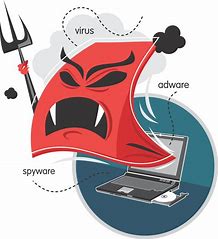Cybercriminals aren’t ignoring Linux-based devices, which becomes evident when looking at some of the recent examples of malware targeting this operating system: a Linux implant for the DinodasRAT malware — also known as XDealer; or a backdoor in the Trojanized version of Free Download Manager. To help Linux users stay protected from developing cyberthreats, Kaspersky released a dedicated free product that allows users to check Linux computers for current threats — Kaspersky Virus Removal Tool for Linux.
It’s a free application for scanning computers running a Linux-based OS and cleaning them of detected threats. The tool can detect both malware and adware, as well as legitimate programs that can be used for attacks. This application can scan system memory, startup objects, boot sectors, and all files in the operating system for known malware. It scans files of all formats — including archived ones.
Kaspersky Virus Removal Tool for Linux doesn’t have an automated antivirus-database updating mechanism, therefore if you want it to be able to recognize the latest threats, you’d need to download the fresh version of the program from our website each time. The package hosted there is updated several times a day.
“There’s a common myth that Linux is mostly immune to cyberthreats: companies rarely devote funds to protecting machines running this operating system. Since this operating system is gaining traction the desktop operating system market, its growing market share quite accurately explains the growing threat landscape we witness for Linux. In the future, the number of exploits and attacks is likely to grow even more, underscoring the vital need for installation of patches and having a reliable security solution,” comments Maher Yamout, Lead Security Researcher, Global Research & Analysis Team,at Kaspersky. “By releasing a free tool for scanning and cleaning Linux-based devices we aim at helping more users stay away from multiple cyberthreats. Organizations are advised to use specialized security solutions for Linux systems, such as Kaspersky Next product line.”


